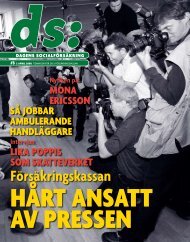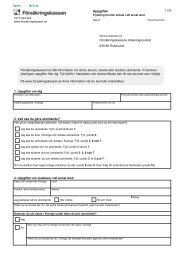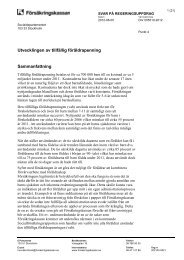Sjukskrivningsdiagnoser i olika yrken - Försäkringskassan
Sjukskrivningsdiagnoser i olika yrken - Försäkringskassan
Sjukskrivningsdiagnoser i olika yrken - Försäkringskassan
Create successful ePaper yourself
Turn your PDF publications into a flip-book with our unique Google optimized e-Paper software.
Summary<br />
This Social Insurance report shows that the number of started sicknessabsence<br />
periods per 1 000 employees varies between different occupations.<br />
Women employed as plant and machine operators and assemblers have<br />
more than twice as many started sickness-absence periods than women<br />
employed as managers. Also, men working in elementary occupations have<br />
four times as many started sickness-absence periods per 1 000 employees<br />
than men working in the military and three times as many as men working<br />
as managers.<br />
6<br />
Socialförsäkringsrapport 2011:17<br />
Also, the cause of sickness absence varies between employees in different<br />
occupations. For example, there are more employees that are sickness absent<br />
due to musculoskeletal illnesses and injuries among plant and machine<br />
operators and assemblers and craft and related trade workers than among<br />
managers and professionals.<br />
Back pain is among the most common disorders causing sickness-absence in<br />
2009. Occupations such as sales and services elementary occupations,<br />
different types of machine operators and assemblers and motor-vehicle<br />
drivers started numerous sickness absence periods per 1 000 employees due<br />
to back pain. Also, depressive episodes and reaction to severe stress and<br />
adjustment disorders are amongst the most common disorders causing<br />
sickness absence. Occupations such as religious professionals, psychologists<br />
and social work associate professionals started many sickness absence<br />
periods per 1 000 employees due to these disorders.<br />
The results can be explained by occupational differences in work-related<br />
exposures, as well as differences in adjustment latitude at work when ones<br />
work ability is impaired. Selection mechanisms could also play a role, i.e.<br />
people with inferior health and work ability are referred to occupations with<br />
lower education requirements.



![Kompensim asistence [Assistansersättning] - Försäkringskassan](https://img.yumpu.com/51668997/1/184x260/kompensim-asistence-assistansersattning-forsakringskassan.jpg?quality=85)
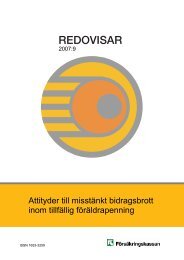
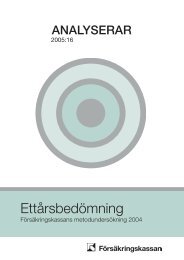
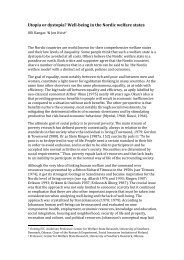
![Underhållsstöd, nettoberäkning [pdf 151 kB] - Försäkringskassan](https://img.yumpu.com/50630843/1/184x260/underhaallsstaad-nettoberaakning-pdf-151-kb-faarsaakringskassan.jpg?quality=85)
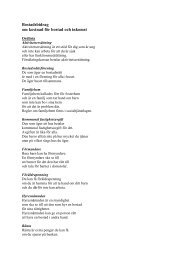
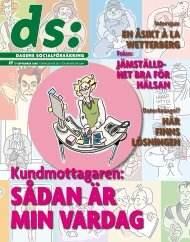
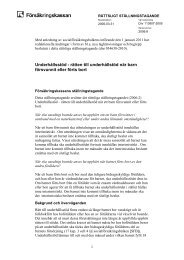

![Indemnité journalière de maladie [Sjukpenning] - Försäkringskassan](https://img.yumpu.com/49876884/1/184x260/indemnitaac-journaliaare-de-maladie-sjukpenning-faarsaakringskassan.jpg?quality=85)
